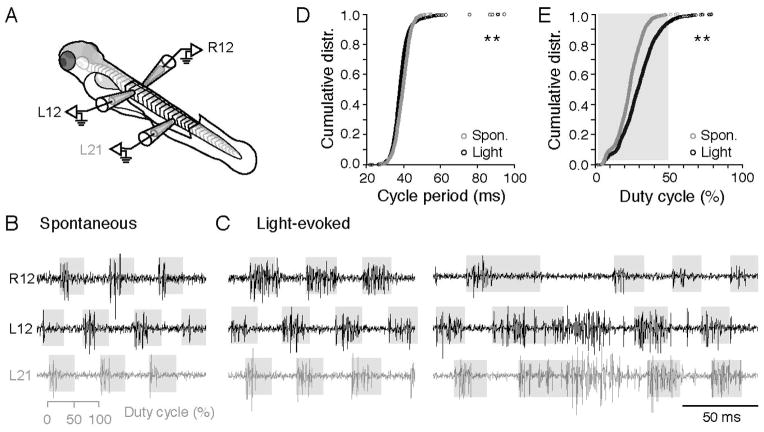Figure 8. Light-Evoked Behavioral Responses are Primarily Characterized by Increases in the Durations of Alternating Motor Bursts.
(A) Schematic of the preparation for recording motor nerves on the left (L) and right (R) sides of the body.
(B) Spontaneous fictive motor bursts recorded at the 12th body segment on the left and right sides, and the 21st body segment on the left side. Shaded gray boxes indicate the 50% duty cycle on a burst-by-burst basis. During spontaneous swimming, motor bursts rarely exceed 50%.
(C) As in B, but for light-evoked activity. Fictive swimming in response to light routinely reaches and can exceed a phase value of 0.5.
(D) Cumulative distribution of cycle periods (time between successive motor bursts) for spontaneous and light-evoked motor activity. **: p<0.05, Kolmogorov-Smirnov test.
(E) Cumulative distribution of the percentage of the swim cycle motor bursts occupy for spontaneous and light-evoked motor activity. **: p<0.05, Kolmogorov-Smirnov test.

